There is a stereotype that after good rain you should go on mushroom hunting. But few people can specifically answer the question of how many days after the rain mushrooms appear. Different species grow at different speeds - one is enough for several hours, while others can be expected for weeks. In order to know exactly when to go on a quiet hunt after rain, it is necessary to study the individual nuances of the growth of different mushrooms.
Content
Rain and other factors affecting mushroom growth
The fact that mushrooms grow rapidly after rain is not a true statement. Rain alone is not capable of causing massive mushroom growth. The growth rate is also affected by a host of other factors. The most weighty of them are the following:
- Temperature.
- Humidity.
- Lighting.
- The chemical composition of the soil.
- Malicious insects.
Humidity factor implies 2 components: air humidity and soil moisture. Each species has its own preferences in this regard, but if we take the average statistics, an indicator of 70% is considered the optimal humidity level for good growth. Soil moisture should correspond to air humidity. If after heavy rains there is a prolonged drought, the mushrooms will grow slowly, because moisture from the soil will evaporate quickly. Thus, the soil will become overdried, and the air will become waterlogged, which will upset the balance.
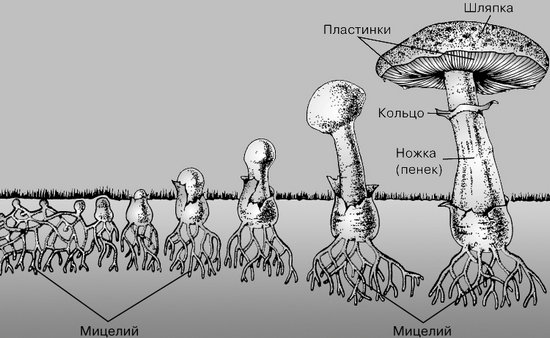
An important role in active mushroom growth is played by proper lighting. Many species prefer to grow in sunny glades or in partial shade. If the forest grows too much, they do not have enough light. Because of this, they slow down growth and deform, lose their external attractiveness.
Most edible mushrooms prefer slightly acidic soil. The exception is only a few species that grow well in sandy, limestone or other types of soil. Interventions in the chemical composition of the soil leads not only to stunting, but also to the extinction of entire mushroom families.
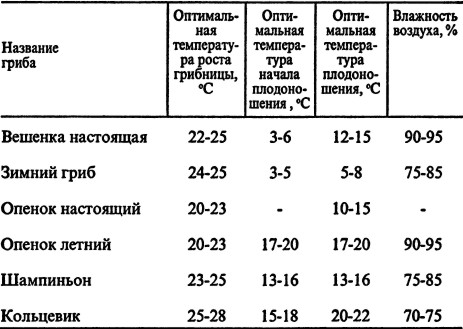
Mushrooms with its terrestrial parts are at risk of larvae from some species of harmful insects. Affected mushroom pickers poorly bear fruit, and mushrooms turn out small, grow very slowly. Mechanical damage provokes rot and other serious diseases. Active growth of most mushroom species occurs in the fall. Then begins the process of mass decay.
In the understanding of most mushrooms are fruiting bodies, most often consisting of legs and hats. In fact, this is only the terrestrial part of a complex organism. The mushroom picker, or mushroom place, is located under a layer of soil, systematically growing throughout its entire life. Mycelium growth is not affected by weather conditions, it grows equally both after heavy rain, and during severe frosts.
The best time to collect different types of mushrooms in summer and autumn
The first mushrooms appear in April, but May is considered the official month of the opening of the mushroom season. Usually mushroom hunting lasts until October inclusive.But if the weather conditions turn out well, new mushrooms grow in November and even in December.
Harvesting is better, guided by a mushroom calendar. Based on his data, the mushroom picker is less likely to run into an inedible double. The following table describes in detail the entire growth period of certain edible species.
| View name | May | June | July | August | September | October |
|---|---|---|---|---|---|---|
| Porcini | + | + | + | + | + | |
| Valui | + | + | + | + | + | |
| Wake | + | + | + | + | + | |
| The white top (Belyanka) | + | + | ||||
| Bittersweet | + | + | + | + | ||
| The breast | + | + | + | + | ||
| Raincoat | + | + | + | + | + | |
| Greenfinch | + | + | + | |||
| Kozlyak | + | + | + | + | ||
| Cap | + | + | + | + | ||
| Fox | + | + | + | + | + | |
| Oiler | + | + | + | + | + | |
| Flywheel | + | + | + | + | ||
| Honey agaric | + | + | + | |||
| Boletus | + | + | + | + | + | + |
| Boletus | + | + | + | + | ||
| Ginger | + | + | + | + | ||
| Ryadovka | + | + | + | |||
| Serushka | + | + | + | + | ||
| Violinist | + | + | + | |||
| Morel | + | |||||
| Russula | + | + | + | + | + | + |
| Champignon | + | + | + | + |
The first crop is much smaller than the crop harvested during the period of active mushroom growth. The following are data on peak growth activity of certain edible species.
| View name | May | June | July | August | September | October |
|---|---|---|---|---|---|---|
| Porcini | + | + | ||||
| Valui | + | + | ||||
| Wake | + | |||||
| The white top (Belyanka) | + | |||||
| Bittersweet | + | + | + | |||
| The breast | + | + | ||||
| Raincoat | + | + | ||||
| Greenfinch | + | + | ||||
| Kozlyak | + | + | + | |||
| Cap | + | + | ||||
| Fox | + | + | ||||
| Oiler | + | + | ||||
| Flywheel | + | |||||
| Honey agaric | + | + | ||||
| Boletus | + | + | ||||
| Boletus | + | + | + | |||
| Ginger | + | + | ||||
| Ryadovka | + | |||||
| Serushka | + | + | ||||
| Violinist | + | + | ||||
| Morel | + | |||||
| Russula | + | + | + | + | ||
| Champignon | + | + | + | + |
An interesting fact is that during the Indian summer you can meet varieties from all seasons of the year. And after it, the mushroom pickers can only collect the remains of the autumn harvest and winter mushrooms.
The duration of the mushroom period for different species
In the conditions of warm sunny weather in the forest after a good rain many new mushrooms appear. In order to determine the mushroom age, it is enough just to know the length of the growth period of certain species.
The most common types of Russia have the following growth periods:
- porcini mushrooms reach large sizes already 2-3 days after a warm rain;
- oily: young fruits are harvested already 5-7 hours after rain, fully ripen on day 3, after which they are already considered spoiled;
- aspen mushrooms grow by several cm per day;
- boletuses require about 4-5 days for full maturation;
- honey mushrooms appear 24 hours after the rain, they need a week to reach maturity;
- young chanterelles expect up to 3 weeks;
- oars and morels are able to gain up to 30 cm in 1 hour.
Most species grows from 3 to 5 days. Full ripening usually occurs on day 10. It is noteworthy that fungal organisms grow equally actively both day and night, without spending time on rest. As autumn approaches, growth slows. This is due to a decrease in air temperature.
Rules and gathering places after rain
Experienced mushroom pickers always follow the basic rules of mushroom picking:
- Do not take suspicious fruits into your basket.
- Collect only well-known species, otherwise there is a risk of confusing edible mushrooms with poisonous counterparts.
- Cut mushroom units with a knife, and do not break them with your hands so as not to damage the mycelium.
- Do not harvest near the roadway and industrial centers.
- Observe the intricacies of the technology of collection and preparation of certain types.
Each species has its own preferences in terms of habitat. The following table summarizes the distribution of the most famous species of mushrooms.
| View name | Places of distribution |
|---|---|
| White | Old deciduous and coniferous forests, mainly under oaks |
| Valui | Deciduous plantations |
| Wake | Coniferous plantations, deciduous forests |
| Belianka | Coniferous plantations, deciduous forests |
| Bittersweet | Sunny forest glades |
| The breast | Mixed Forests |
| Raincoat | Floodplain forests, clearings, park areas |
| Greenfinch | Mixed type of forest plantations |
| Kozlyak | Mixed landings |
| Cap | Sunny forest glades |
| Fox | Deciduous and coniferous forest stands |
| Oiler | Coniferous forest plantations |
| Flywheel | Deciduous and coniferous forests |
| Honey agaric | Dead deciduous trees |
| Boletus | Deciduous forests, mainly under birch trees |
| Boletus | Deciduous plantations, mainly under aspen |
| Ginger | Mixed type of forest plantations |
| Ryadovka | Forest edges, shrubs, parks and squares |
| Serushka | Floodplain forests |
| Violinist | Mixed stands |
| Morel | Floodplain forests |
| Russula | Coniferous and deciduous forests |
| Champignon | Shrubs, roadside plantations |
You can collect mushroom crops starting in May and ending with the first frosts.
Answers to widespread questions
Good rain and warm weather activate mushroom growth. But different species have their growth periods, so the mushroom trip should be planned for a certain time, focusing on rain and the individual pace of maturation of certain species.






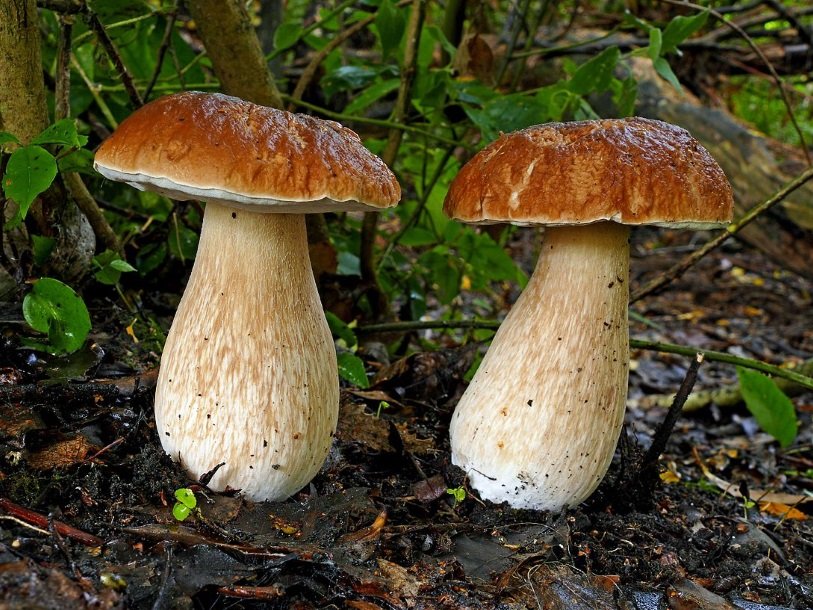
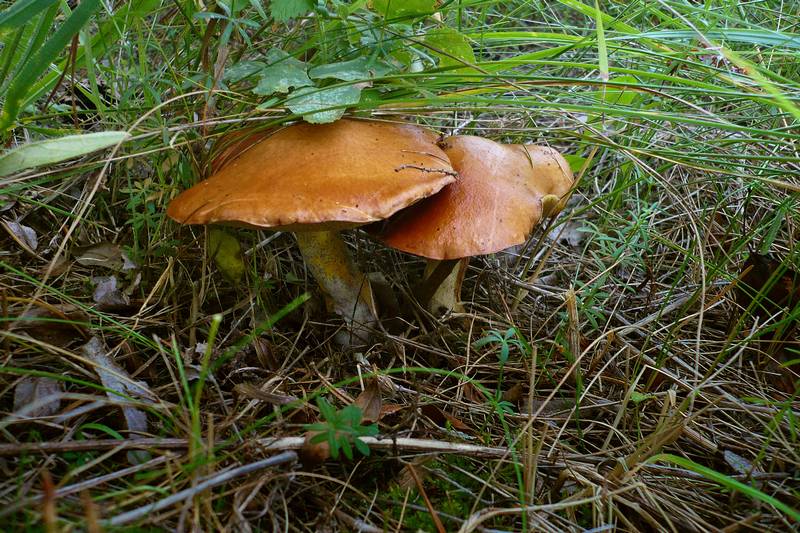
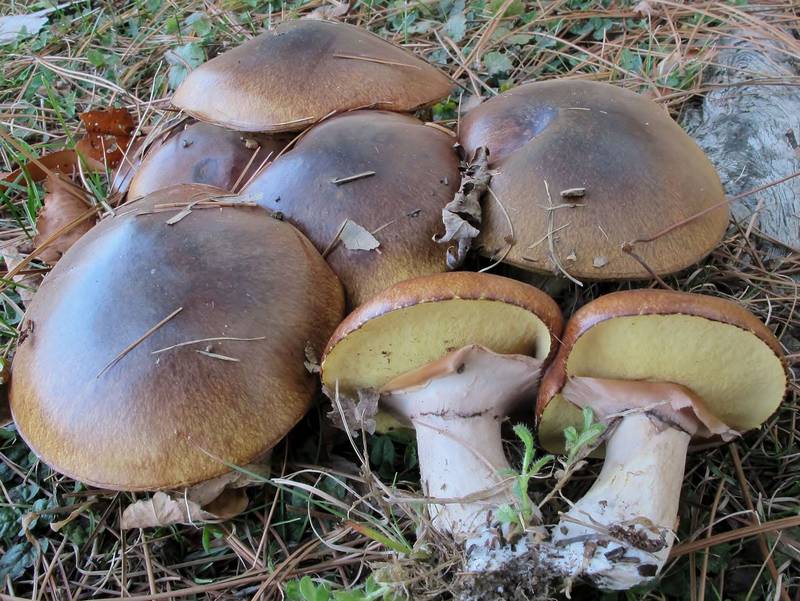
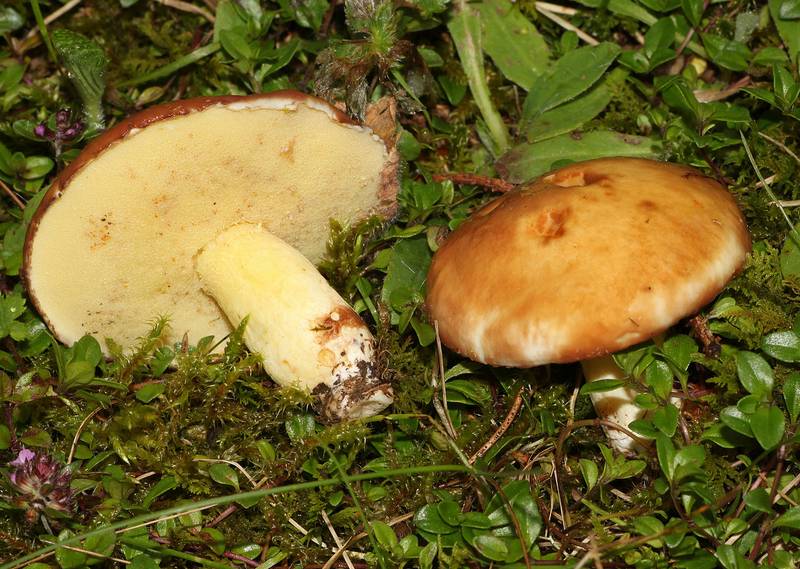
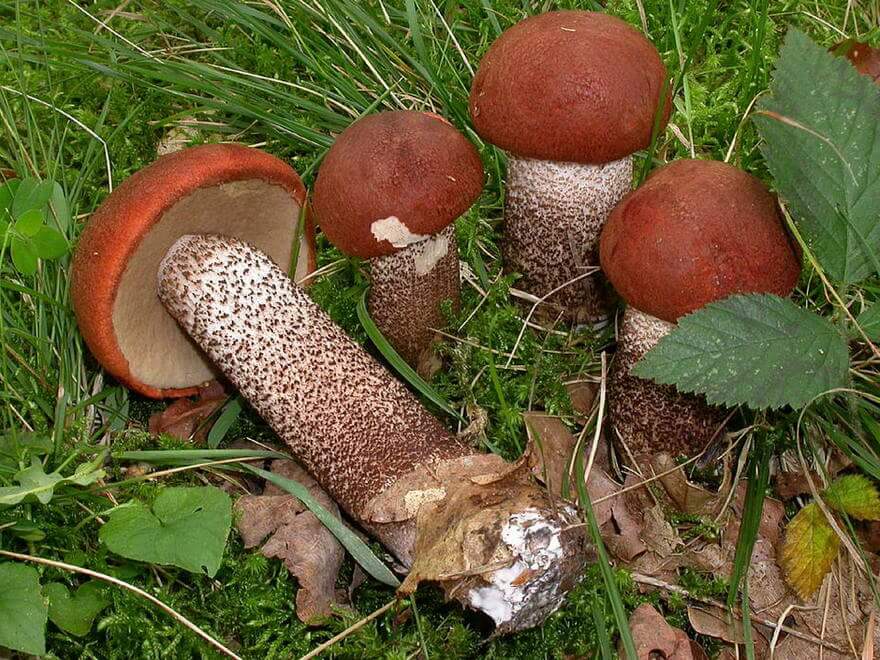

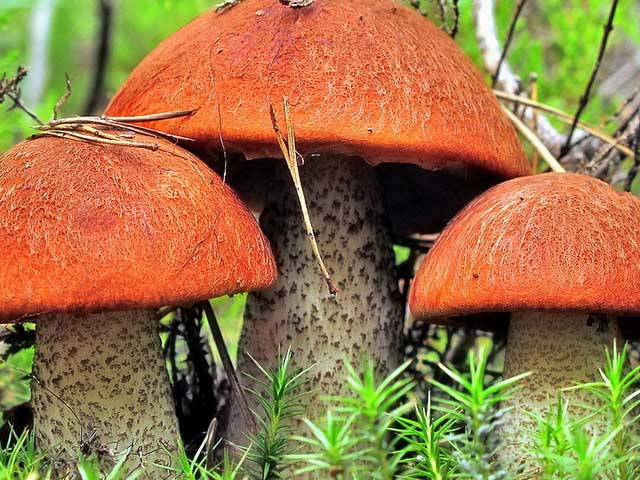
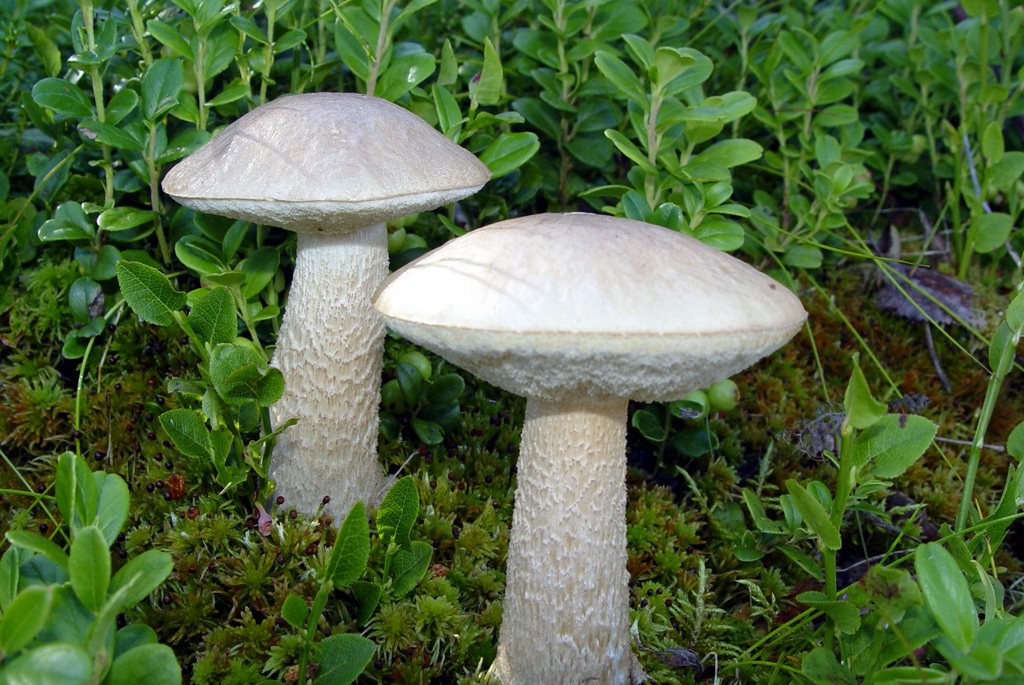


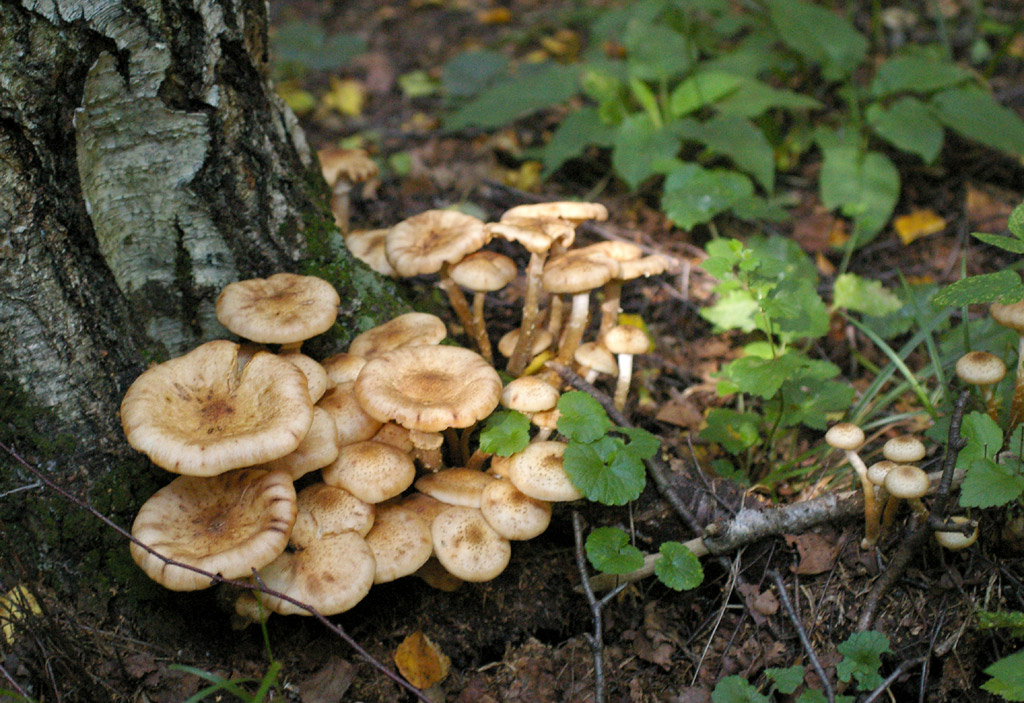

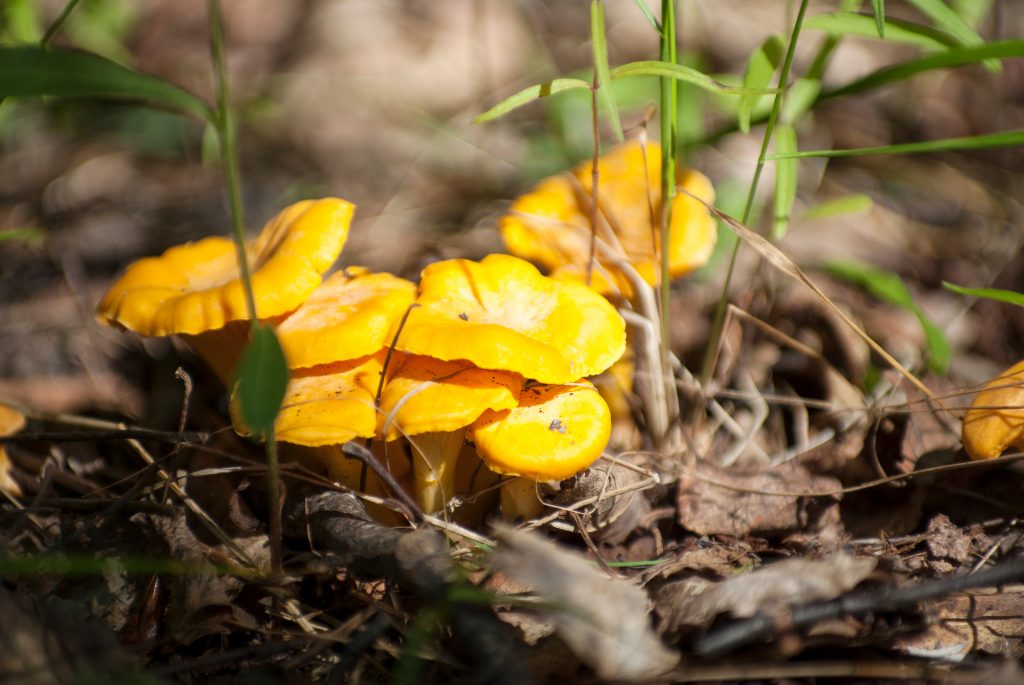
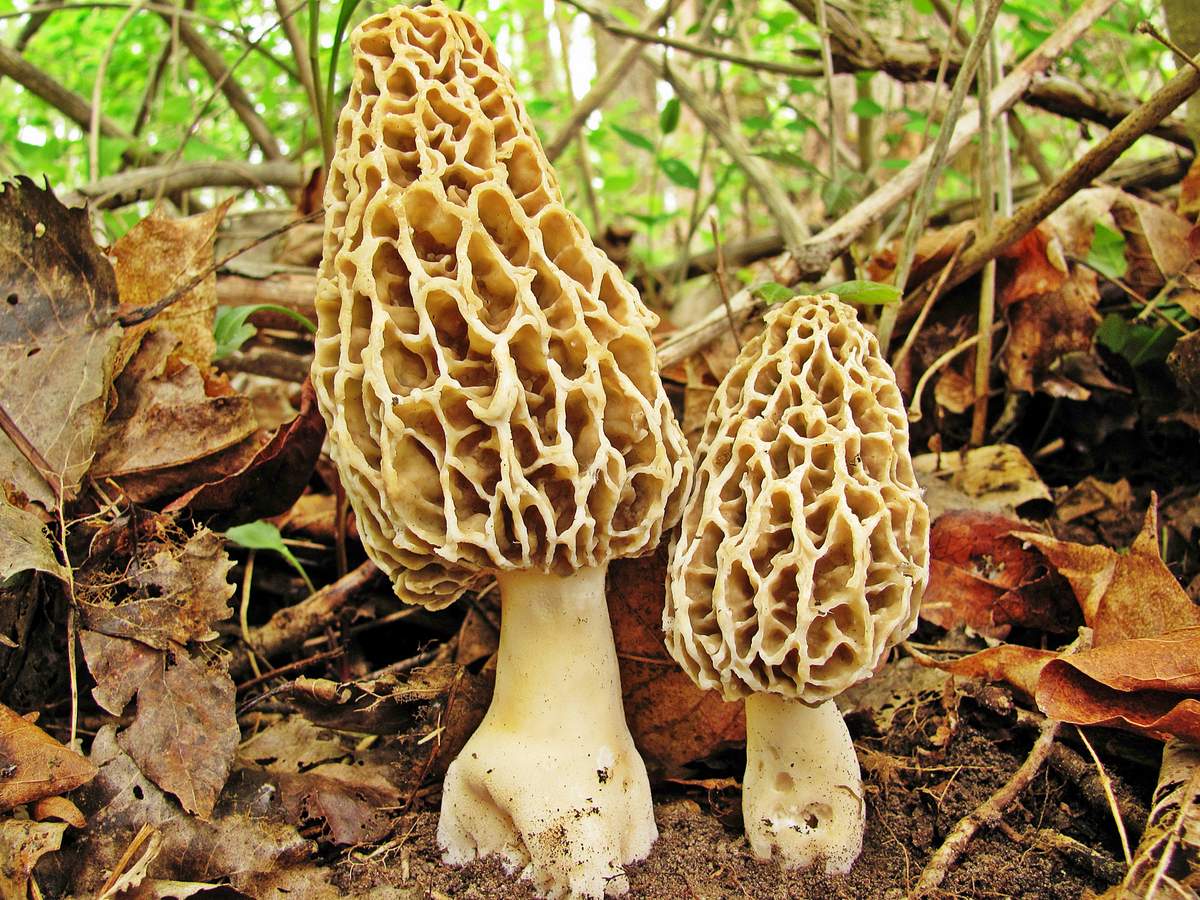
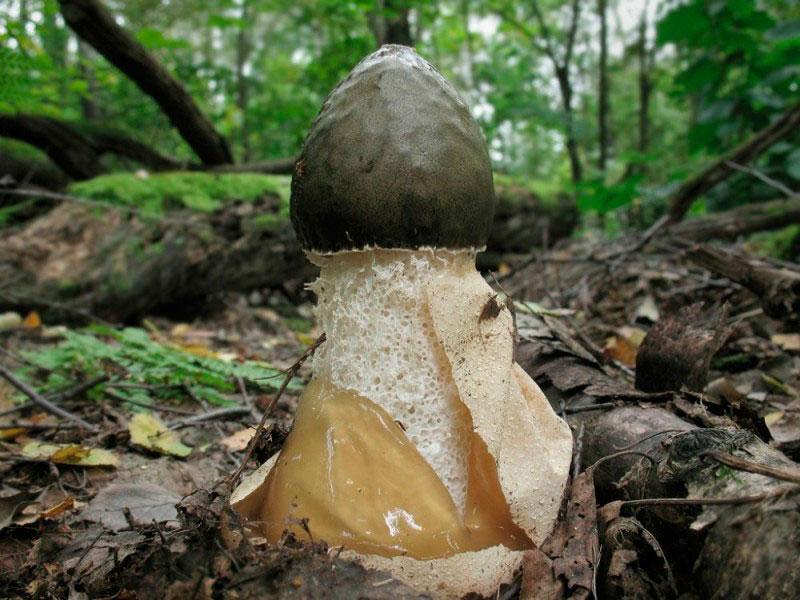
 Care and use of Kombucha at home (+22 photo)
Care and use of Kombucha at home (+22 photo) Edibility of the fungus of the motley umbrella and its description (+19 photo)
Edibility of the fungus of the motley umbrella and its description (+19 photo) Description of edible and inedible oils, their poisonous counterparts (+40 photos)
Description of edible and inedible oils, their poisonous counterparts (+40 photos) Useful properties of milk mushroom and its contraindications (+17 photos)
Useful properties of milk mushroom and its contraindications (+17 photos)
Valeri Mishnov
I carried out systematic observations of whites and boletuses growing in my country house. And he noticed that for the first three hours the mushrooms grow quickly, but then the growth slows down. The hatched larvae begin to act. They eat passages in the leg of the fungus and its growth slows down or stops, so that another mushroom that appears next to it overtakes the first largest. In white, if the larvae crawl from the root to the hat, the fungus grows, and if the larvae bite from above, the fungus ceases to grow. Sometimes slugs as well as squirrels eat up the masonry, then the mushroom grows to a large size.
Igor
The mushroom picker does not grow in frosts.
Svetlana
For 2 years there are no mushrooms in the suburbs
Natalya
There were no mushrooms in the Moscow Region only last summer (2018). And in 2017, my husband and I went mushroom picking and picked a lot. In 2018 there were no mushrooms at all, the forest was dry. I thought that we would stay without mushrooms for the winter. And at the end of October, honey mushrooms went on the site. Edible, we ate more than one jar.
Vladimir
But in 2017 in the Moscow Region there were no mushrooms, in 2018 there were, but few.
Alex
What are you saying! In both 2017 and 2018, mushrooms were in bulk! And I did not go after them, but I went - only half an hour / hour from the Ring Road. Despite the wild dry land in the forest, it was still full of mushrooms. For four to five hours, he gained 12-15 kilos and to the market. Flew away! Eight trips to the forest - 16 thousand rubles. Plus 20 cans of myself rolled up ...
Anton
What are you doing ?! This is in what suburbs?
valentin
from 5 days up to 2 weeks depends on humidity and dew, even in the driest year, mycelium grows
Druzina-Vavilova Elena
A lot depends on where you live. In Perm Krai in May there may still be snow. For example, in 2018 there were no 17 mushrooms, there are some places where it rains. I hope today, but I noticed that one year of white harvest, another camelina rarely there are many.
valentin
The data is taken from where it is not clear. From the first days of September, many species of mushrooms in the Moscow Region, north and east, cease to grow white, boletus, boletus, etc. And in October, there are almost no mushrooms in the forest.